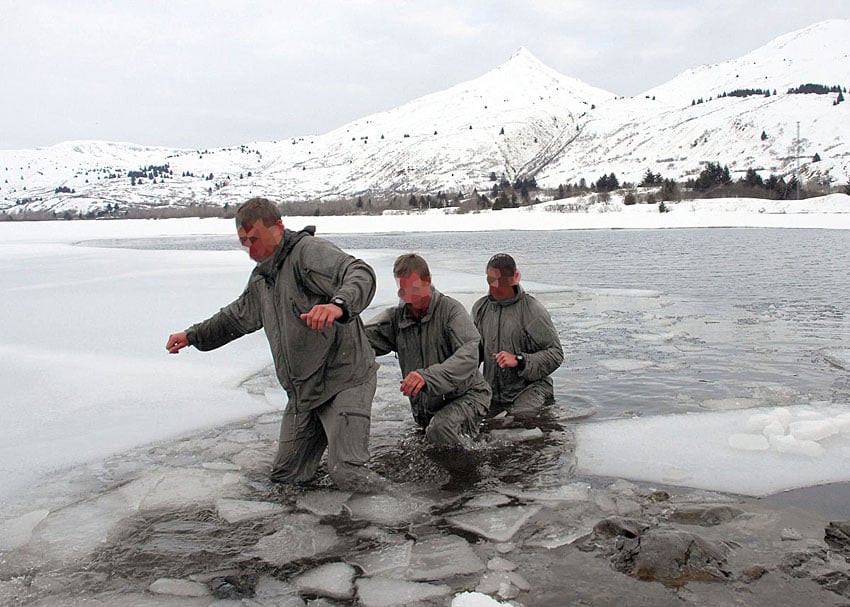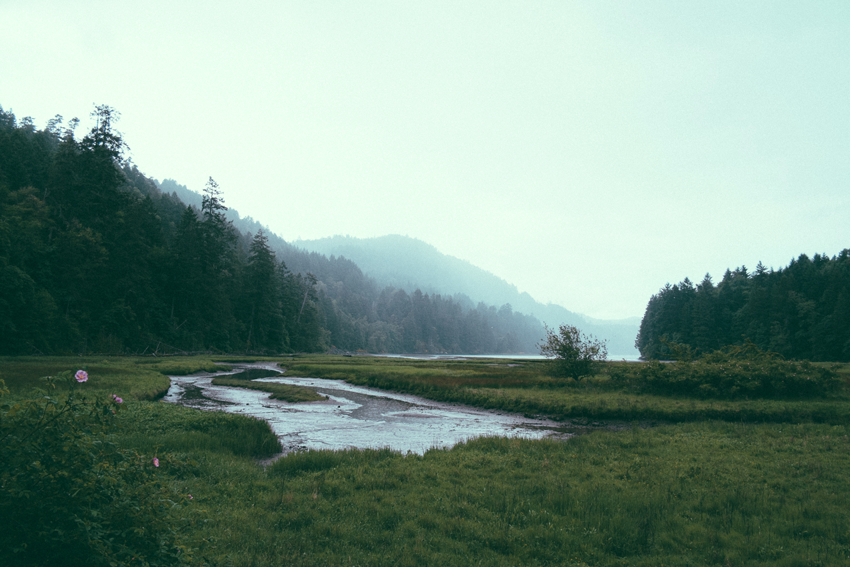Redefining Survival: Simply, Getting Home
Redefining Survival: Simply, Getting Home
Survival. It’s definitely a topic we all are interested in and something most of us hope (and like to think) we are good at. That single word conjures some of the most primal human drives; after all, most everything that we do is about staying alive.
Truth is, most of us are survivors already. If you were walking around yesterday and you are here today, you are a survivor — and that comes to the point: that word can mean a lot of different things to a lot of different people.
We can survive lots of unpleasant situations: we can survive illness, a bad job, a rough business and a divorce but face it, for most who frequent this site, when we say “survival” we are referring to jungles, deserts and the remote outback. We can all agree that the situation in question brings to mind the most austere and grim conditions, or some remote alien landscape.
Most of the time, when we think about “survival”, we seem to get lulled into gritty docudramas where one man (and his camera and support crew) are faced with the challenges of living for some unknown time in the woods behind the Holiday Inn. Okay, that’s not entirely fair, some of the popular shows do feature knowledgeable and skilled experts but they seem to focus on just surviving for the sake of surviving. This leaves us running around in the woods or wherever, moving from one obstacle to the next, with no clear-cut goal at the end. No methodology for an end game, other than getting picked up for another season.
There’s No Place Like Home
Sure, we all like the rugged romance of planting our flag in some pristine meadow and starting our own colony. There will be a life-size statue of you in the center of the village and for generations men will sit around campfires and sing songs about you; it’s happened plenty of times before, with arguably mixed results.
I like the colonization skills as much as anyone else. I guess you can call it bushcraft but I’ve always preferred the term “Pioneering.” It seems like a uniquely American term honoring those that pioneered this great country – that is until you look the word up and see its origin which is a tad less than flattering.
But the practical side of this is that in a “survival” situation, most of us just want to get home. Face it, the chances of our wilderness kingdom turning out like Gilligan’s Island are not that great. More than likely it will end up looking a lot more like The Hills Have Eyes.
Decide to Survive
So there it is. The goal for most of the garden-variety survival situations – where my butt is lost, stranded or otherwise somehow abandoned in the middle of nowhere – is to find an end to that situation. I figure there are two things I can do when I am devoid of the creature comforts of my home: I can recreate home where I am or I can remove myself from the situation and go to the home I already have.
People ask me what is the number one thing that I want in a survival situation. I want a helicopter. Seriously, I am not a huge fan of riding in rotary-wing aircraft, but that is the one and only thing that I want in that situation. If I don’t have one with me, I am going to do everything in my power to attract one. They are out there, I have seen them flying in the wild and I know that they tend to gather around areas where a person has been reported lost.
Get this though, I am not naive. I completely understand that it is equally important to be able to live long enough to be rescued, as well as to have enough forethought that I am reasonably sure someone will be looking for me. In a helicopter.
More to Come
I will be contributing a series of articles about the basics of the preparation, necessities and actions that will keep you alive long enough to get home. Hopefully we can stimulate some good arguments and share a lot of information to the benefit of all. In the future we can dive into foraging, trapping, advanced navigation, construction, field hygiene, tool making, pioneering, stranded vehicle recovery and more groovy things, but the first few pieces will cover the basic nuts and bolts: Health, Shelter, Signaling and Water. Looking forward to it.
Editor-in-Chief’s Note: Kino Davis is now retired from 26 years of combined active duty service with the U.S. Army and U.S. Coast Guard. After retiring, he worked in the defense and small arms industry before starting Dark Mountain Research, a small consulting and training company. He has also served as the Command Chief, Senior Instructor and Team Leader for a Deployable Law Enforcement and Training Team, where he directly oversaw and/or participated in the classroom and field training of thousands of military, federal and state personnel. Please join us in welcoming Kino Davis as a contributor on ITS Tactical.











Discussion